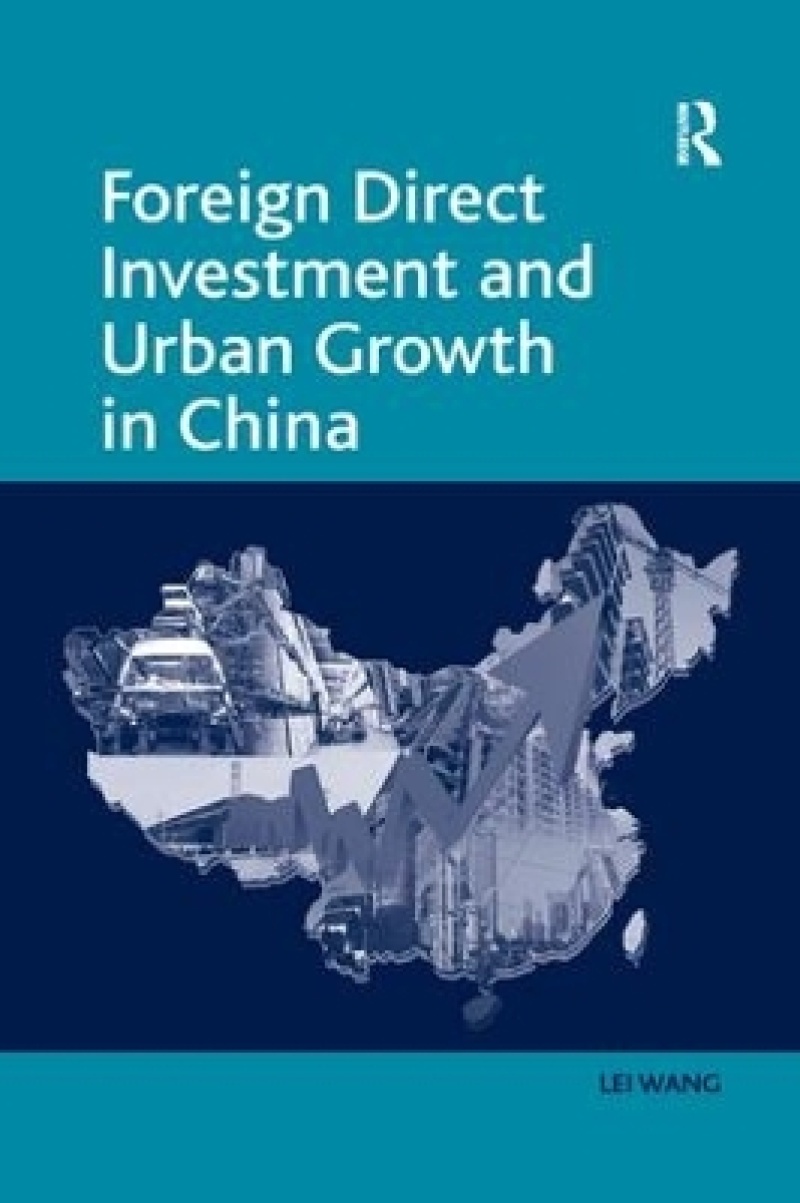'Dr Wang's volume is an important new addition, as it blends together in-depth analyses of the evolving political and fiscal structures of the country with those of trade and FDI flows and rapid growth of the real estate sector, with emphasis on both national and local dynamisms and constraints. Those seeking to gain a solid understanding of the real factors behind the rapid growth of the Chinese economy, especially its manufacturing and real estate sectors, and an appreciation of the intricate interconnections between those factors, will find this book a worthwhile read.' Minquan Liu, Peking University, China 'This book is a major contribution to our understanding of the underlying dynamic through which China has achieved such impressive GDP growth statistics over the past several decades. It is especially important in making clear the critical importance of the connection between the patterns of urbanization that complemented but that were also shaped by the localized forms that foreign direct investment took and by revealing the costs as well as the benefits that these urbanization and FDI patterns created. If China is to continue on its impressive path of growth and development, national and local policies makers will do well to consider the findings of Lei Wang's research presented here. For those looking to the Chinese experience for lessons for elsewhere this book will be a vital primer.' Elliott Sclar, Columbia University, USA 'The book is informative on historical trends and institutional context. Readers interested in urban growth, regional variation, and institutional changes will benefit from this book.' Urban Studies

